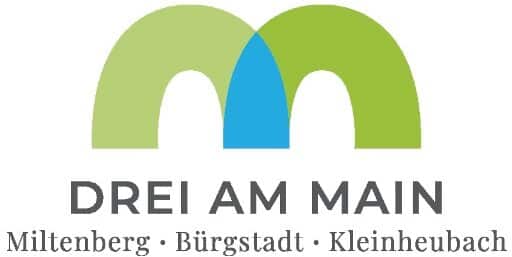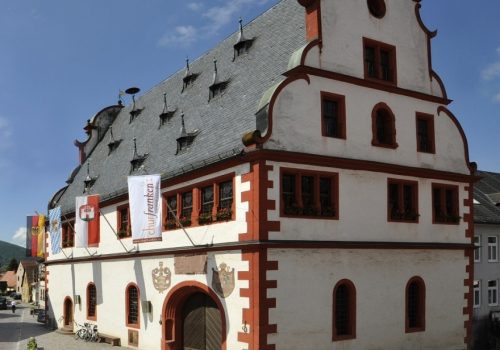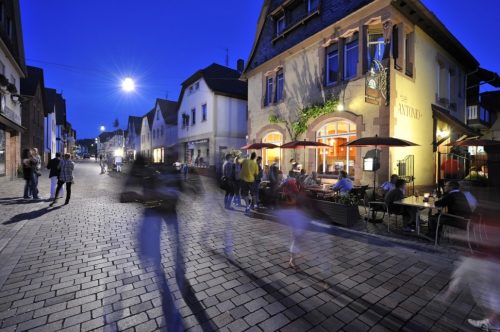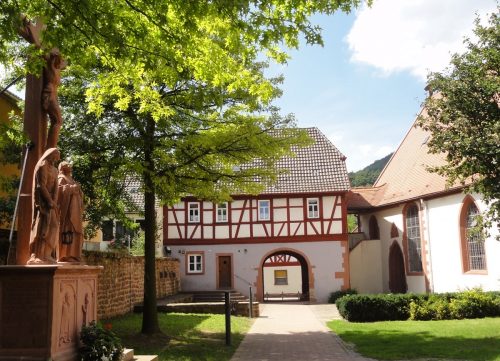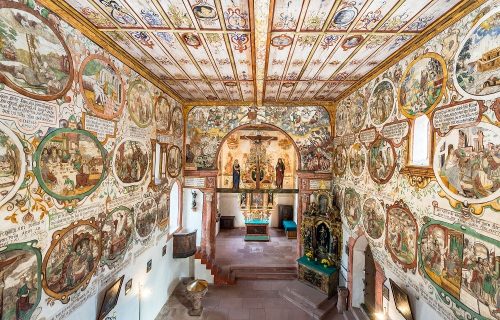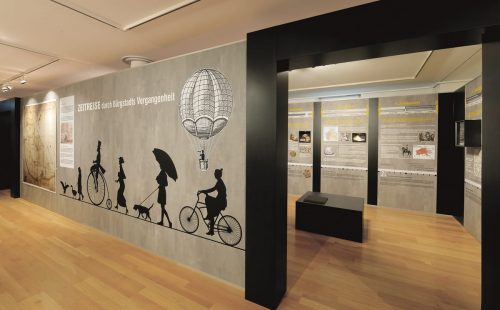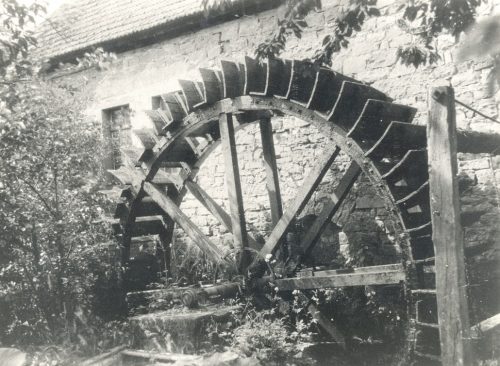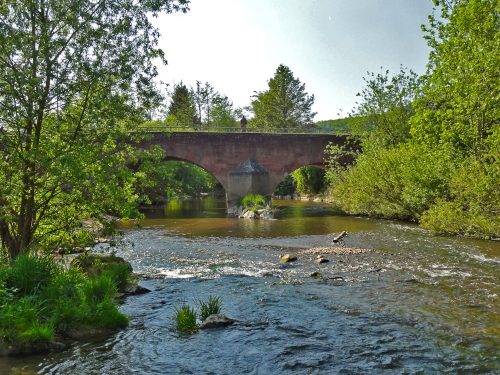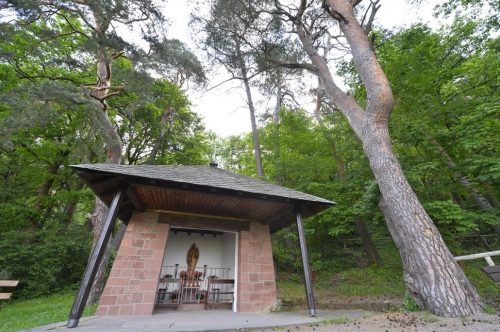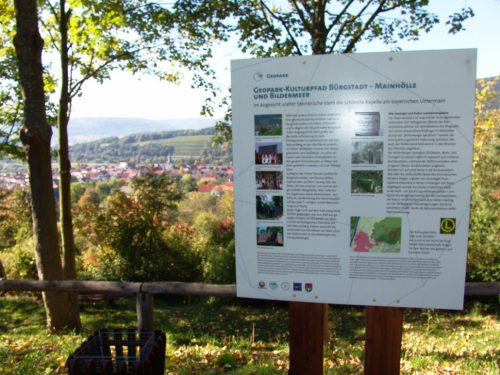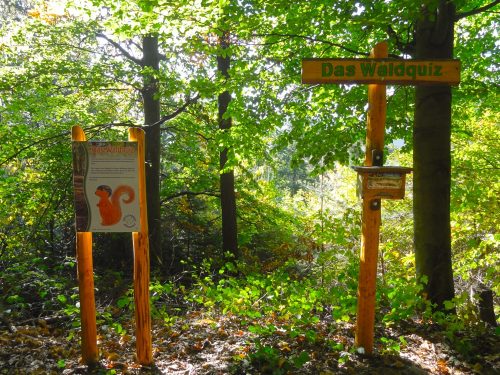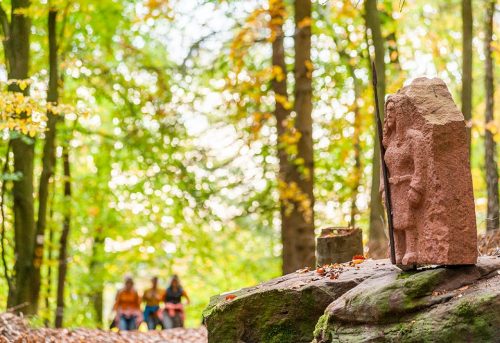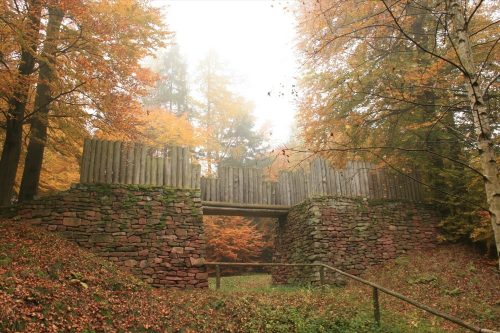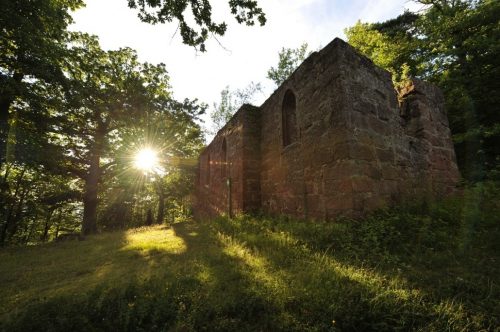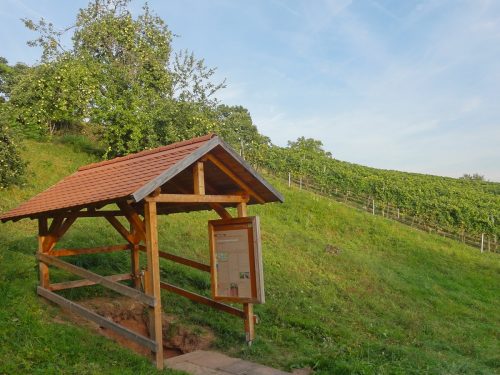Bürgstadt
Bürgstadt – a real insider's tip for wine lovers
A holiday in Bürgstadt means enjoying food, wine, the town and its surrounding nature.
When it comes to red wine the picturesque town of Bürgstadt is the most important wine town in Franconia.
The red wine from Bürgstadt combines a broad variety with the highest quality of Franconian viniculture.
Still, Bürgstadt is more. The active vintners’ town is an official “Genussort” (“Place of Culinary Delight”). An honour only awarded to 100 towns in Bavaria altogether. So in Bürgstadt the well-kept townscape, the lovely setting of Bürgstadt, its pronounced viniculture and the tight network of those crafting regional culinary delights with the restaurants all form a whole.
People here also know how to party. The Straßen- und Hoffest (“street and yard festival”) and the WeinKulturNacht (“night of wine and culture”) include the entire old part of the town. Visitors from near and far stroll from yard to yard and enjoy the variety of offers making each festival a unique experience. These and a number of additional, exciting offers can be found in the event calendar.
Enjoy wine and various treats – Bürgstadt itself stands for zest for life.
Within Churfranken Bürgstadt also stands for hiking, an amazing mountain bike trail and highest quality of leisure activities. Among others Bürgstadt is a stage stop of the Franconian Red Wine Hiking Trail, offers 26 km / 16 mi of fun on the mountain bike trail “BÜ 1” and invites you on pleasant bicycle and hiking trails, to the heated public outdoor pool with a water slide and on tennis courts and into squash halls.
Some witnesses of Bürgstadt’s old history are first of all “The Martinskapelle” dating back to the 10th century with its elaborate “Biblia Pauperum” from the late 16th century, the town hall built in the Renaissance, a late Neolithic hill fort (Ringwallanlage), the ruin of the Centgrafen chapel (Centgrafenkapelle) from the Thirty-Years War, and the tenderly decorated museum with its focus on viniculture and stone processing.
Let the day fade away in a vintner’s tavern, enjoying wine, a small meal and refreshing chats. Start your visit to Bürgstadt at the Churfrankenvinothek, right next to the Old Town Hall – you will also find a lot of information for your stay there.
Sights
New Parish Church
Nr. on the small map: 4 (Bürgstadt)
When on March 12th, 1961, the New Parish Church was inaugurated by Bishop Josef Stangl, a long-cherished venture of the locals had finally come true. At the end of the 19th century, additions to the existing Parish Church had already been planned which, more or less, would have amounted to a completely new construction. By choosing a new location near the cemetery, it was guaranteed that the First Parish Church kept dominating the historic heart of Bürgstadt, while the new-built church would accentuate the surrounding development area. Nevertheless, not only the name was adopted from the First Parish Church, the late Gothic Pieta and the sculpture of Madonna and Child with Saint Anne from the Riemenschneider School had originally been part of the First Parish Church.
The stained glass windows in the southern gable and in Saint Mary’s chapel in the southwestern corner of the church, designed by Professor Johannes Schreiter, are a real gem. The triangular window is a symbol for the Eye of God and the Trinity. The window area with light beams going up and down is a metaphor for the world affairs being a continuous seesaw-changes of the forces of the earth and transcendency.
Town Hall
Nr. on the small map: 6 (Bürgstadt)
The town hall was built between 1590 and 1592, and decisively shapes the old town. Chronologically and artistically it is strongly connected to the Martinskapelle (St. Martin’s Chapel). It bears witness of wealth: The inscription mentions the precious and costly wine of 1590. The artists Andreas Herneisen and I. B. Michel were also responsible for the interior paintings, just like inside the Martinskapelle. Absolutely worth seeing are the luminous colors of the glass windows of the town hall conference room, created between 1593 and 1613.
Tip: During the opening hours you can ask if you can view the town hall! You can also purchase a German publication commemorating the 400th anniversary of the town hall (published by the municipal authorities of Bürgstadt 1993).
Hauptstraße and Freudenberger Straße
Nr. on the small map: 7 (Bürgstadt)
The complex half-timbered houses and the large sandstone arches along the Freudenberger Street, previously named Lauersend, indicate the former wealth of Bürgstadt’s citizens around 1550 to 1750. Thanks to a beltway and the redevelopment of the old town, the Freudenberger Street was remarkably re-evaluated and, with its inviting vintner pubs it offers more than just a stroll.
First Parish Church and Former Church Yard; a Church Fortification
Nr. on the small map: 8 (Bürgstadt)
The First Parish Church is favorably picked for weddings and baptisms. Throughout summer, one Holy Mass a week is celebrated. The small door towards the south side is open daily. St. Margareta is very often considered patroness saint in rural communities, as her holiday, July 13th, occurs during the lighter work period before harvesting commences. The architectural history of the First Parish Church can be found on the exterior.
Nave and tower date back to the early 13th century. Around 1490, the vestry was added, in 1585, the tower was built higher. The increasing population required adding a nave aisle in 1608 and an extension to the west in 1750. The resulting asymmetry of this architectural history is discernible when being inside.
The entire interior fittings date almost exclusively back to the 18th century. In the old church yard especially the crucifixion group of 1613 stands out which was raised by the wealthy master baker Leonhard Schneider for himself and his wife. He died in 1614, while in 1627, his wife was sentenced to the stake at the age of 82 years, accused of being a witch; therefore her data on the right-hand side of the stone is missing. Further grave slabs, dating to the time between 1580 and 1720, were embedded in the walls of the old church yard, whereas in the north eastern corner commemorative plaques for the victims of both world wars were established. Up till 1901, these walls enclosed the whole church precinct, which had served as a cemetery until 1823.
Tip: Take a detour to the former Parish Garden, nowadays altered into a Rose Garden, inviting you to take a rest.
Martinskapelle (St. Martin’s Chapel)
Nr. on the small map: 9 (Bürgstadt)
Between the years 900 and 1000, the Martinskapelle was built and most likely used as a parish church for the entire surrounding areas. The door mountings and the main portal were renewed in 1490. On the right hand side of the entrance, there are three conciliation crosses, commonly erected in this region during the 15th century. Equally, the interior fittings are from that era, with St. Martin in the choir and the crucifixion group inside the triumphal arch.
The current shape of the chapel goes back to 1590: the large windows (possibly from 1490) were closed, the roof truss was lifted, the sanctuary painted with picture cycles by Andreas Herneisen, a painter from Nuremberg, and the nave by master painter I. B. Michel in 1589. Such illustrative tableaux with scenes from the Holy Bible can hardly be found as completely maintained as in the Martinskapelle, thus turning it into a particularly precious gem. Since 2001 you can admire the donor’s portrait in the southern side of the sanctuary: Mayor Peter Schneider by Andreas Herneisen. In front of the pulpit, the baptismal font of the old parish church, created by Michael Juncker (see Miltenberg # 15), found a new place. For a long time, the manor house of Electoral Mainz in the Martinsgasse10 was assumed to be a Carolingian royal house which had supposedly been the nucleus of Bürgstadt.
Tip: The key for a tour can be borrowed at the adjacent Gärtnerei Kling, or at the restaurant “Nadjas” next to the town hall. A small German guide book “Die Kirchen in Bürgstadt” (churches of Bürgstadt) is available for 3,- €
Museum Bürgstadt
Nr. on the small map: 1 (Bürgstadt)
In the Museum Bürgstadt timelines show the local historical events in relation to church history and trans-regional history. This way the museum presents the history of the region in a seamless graphic way, beginning in prehistoric times and going century by century to our time.
The location – the old “Mittelmühle” (“central mill”) – which was already mentioned in 1248, is of some interest in itself. The current building, however, was built around 1900. Only the millrace going through the house could be older.
The heavy runner stone in front of the entrance was found on the banks of the river Erf and originates from the “Upper Mill”, which was destroyed in the “Michelswasser” (“St. Michael’s flood”) in 1732 (for more information see nr. 3).
Opening Hours:
Thursday to Sunday 14:00 – 17:00 h
Guided tours available on request;
Free entry – donations welcome
No staff present – CCTV surveillance.
Museum Bürgstadt
Am Mühlgraben 1
63927 Bürgstadt
Tel. +49(0)9371-99560 (Museum)
Tel. +49(0)9371-9738-0 (Town Hall for information and guided tours)
Lower Mill
Nr. on the small map: 2 (Bürgstadt)
The Lower Mill most likely dates back to the 13th century. During its use, it served as a grain, oil and fulling mill. Floods and fires have always been risks for mills. A report about the Michelswasser in 1732 was handed down describing the hazards for a running mill. Around 1900, the mill was closed down. The only memento of its actual use is the mill stone in front of the residence and the millrace.
Historic Bridge on the River Erf
Nr. on the small map: 3 (Bürgstadt)
The year 1538 is the first time a bridge across the River Erf was mentioned. On St. Michael’s Day in 1732 (Sep 29th), it was damaged by a devastating flood. In the same year, a boardwalk was timbered and later a massive wooden bridge, which was stone-flagged in 1738. The current stone bridge was planned and built by master builder Christian Wolf of Amorbach in 1753. The statue of John of Nepomuk was renewed in the 1960s.
Next to the bridge there is a wayside shrine to commemorate the victims of the flood known as “Michelswasser”.
Stutzkapelle (Chapel)
Nr. on the small map: 13 (Bürgstadt)
The Stutzkapelle was built during the Marian year 1954 with own efforts and donations by the Kolping-family of Bürgstadt. The municipality provided the premises complimentary. Every first Sunday of the month, the Rosary is prayed here.
European Culture Trail “Mainhölle” and “Abundance of Images”
Nr. on the small map: 10 (Bürgstadt)
Mainhölle (Main-hell) is the name of the quarries opposite Bürgstadt which can be seen from the European Culture Trail. The Red Sandstone is bedrock for the flourishing of Bürgstadt’s wines and the resulting fortune. It facilitated the realization of the “Abundance of Images” inside the Martinskapelle. Starting point is at the hikers’ parking lot Stutz from where the culture trail leads you above Bürgstadt through its cultural landscape.
The trails, offering lengths of 3 and 10 km, can be found in more detail in our hiking booklets.
Tip: The two trails (3 and 10 km) start at the town hall and are marked with a yellow “L” on a brown background. Further information can be found on the local hiking map available at the tourist information.
Waldlehr- und Erlebnispfad ("Forest Nature and Adventure Trail")
Nr. on the small map: 11 (Bürgstadt)
Cultural and Youth Trail on the Nibelungensteig
Along the approximately 2 km of the forest nature and adventure trail, 11 stages not only offer edutainment but also breathtaking scenic views. There are plenty of interesting activities and adventures for all ages alike; even suitable for families with strollers or handcarts. Access to parking is only about 200 m away at the so called Stutzparkplatz.
Partnerlinks:
Gäste-Info Bürgstadt e.V.
Jugendwanderweg ("Cultural and Youth Trail on the Nibelungensteig")
Nr. on the small map: 12 (Bürgstadt)
About four of the ten kilometres of the Cultural and Youth Trail are part of the “quality hiking trail” Nibelungensteig. Those hiking on the long-distance trail do not only follow in the footsteps of history, the trail also features nine sculptures straight from the Song of the Nibelungs around Siegfried the dragon-slayer.
Information boards offer explanations of the exhibits. The pieces were made by students of the tenth grade of 2020 at Miltenberg’s “Mittelschule”, supported by master sculptor Alexander Schwarz.
Prehistoric Ringfort
Nr. on the small map: 14 (Bürgstadt)
Around 3200 BC, a significant Neolithic site with a wooden fort and rampart originated on the Bürgstadter Mountain. This first settlement period lasted around 250 years. During the Urnfield Period (1200-700 BC), the fort was secured again, this time with stone and soil walls. The population later settled in the valley and used the ringfort up to 400 BC (Celts) as a refuge fort. After archeological excavations in 1987/88, the municipality of Bürgstadt had the monumental gate of 900 BC reconstructed.
Centgrafenkapelle
Nr. on the small map: 15 (Bürgstadt)
The Centgrafenkapelle in the Bürgstadt Forest is unique. In 1630, the construction started, ordered by Centgraf Leonhard Gackstatt, but had to be left unfinished within the year, due to the Swedish invasion during the Thirty Years War. The reason why the chapel has never been concluded and remained to be a building ruin is still unknown. It is located at the beginning of the Historic Hiking Trail, marked with lots of stone monuments presenting the stone cutting during the Middle Ages and Modern Era, and serves as a popular setting for the traditional outdoor Christmas event of Bürgstadt.
Bodenstation (Soil Site in the Vineyards)
Nr. on the small map: 16 (Bürgstadt)
The so-called soil site in Bürgstadt is one of currently seven soil sites in the vineyards around Lower Franconia and part of an initiative of the Bavarian State Office for the Environment, to raise awareness for land and soil. Educational trails on soil/land and soil sites are supposed to present land and soil in a visual and perceptible way, emphasizing their significance for us. You can get information on the soil condition and the prominence of land; furthermore learn about the correlation of soil and the flavor of wine.
Partnerlinks:
Gäste-Info Bürgstadt e.V.
History
Bürgstadt was first officially mentioned in 1182; anyhow, the village is most likely remarkably older and had already had its first Golden Age with trans-regional importance during the early Middle Ages. In 950 at the latest, the not-to-be-missed Martinskapelle (Chapel) was built.
The Middle Ages
Bürgstadt experienced two glorious eras: During the early Middle Ages when quarrying Red Sandstone, and at the beginning of the Modern Era by viticulture. Around 1000, stone sarcophagi were shipped to cities along the Main River, the Rhine, and all the way to Denmark. Pillars which had been made on the Bürgstadter Mountain, found a place inside the Mainz Cathedral which was mainly built from Red Sandstone originating in the Main Valley.
In 1347, the parish church St. Margareta which kept getting additions up to the 18th century was first officially mentioned. At the archway of the west portal you find the relief of St. Margareta standing on a dragon. The main portal shows the risen Christ in the tympanum.
The famous organ of builder Johann Conrad Wehr was installed in 1749.
In 1340, a Centgraf *(Cent being a regional term for a judicial district; *Centgraf the magistrate for this district equal to a hundredman) was first mentioned. He was a district official, appointed by the sovereign (the Archbishop of Mainz), leading the district Cent Bürgstadt, and also organizing the national defense. Until the 18th century, Bürgstadt remained seat of the Centgrafs, albeit having lost some of its original significance during the late Middle Ages to the neighboring, and strategically more conveniently located Miltenberg which was protected by a castle.
Renaissance
Between 1590 and 1592 the town hall was built and became an important addition. Reading the dedicatory inscription, you find that the building was financed by a joint fund. The inhabitants had successfully paid their town hall on their own and until today it is one of the more famous sights of Bürgstadt.
In 1540, the red wine of Bürgstadt was first mentioned which, even by today’s standards, has not lost its outstanding relevance.
Thanks to good grape harvests at the end of the 16th and the beginning of the 17th century, Bürgstadt had prospered and was capable of renovating the Martinskapelle. Its interior was painted with 40 medallion depictions showing the history of salvation. This so-called “Paupers’ Bible” displays scenes from the Old and New Testament, helping illiterate people to understand the stories. Together with the older frescos in the choir, they are master pieces of the late 16th century renaissance.
Witch Hunt
There is a dark chapter in the history of the town on witch hunts (1616-1618 and 1627-1630), when more than 90 men and women were charged with witchcraft, tortured, and executed. The *Centgraf Leonhard Gackstadt (1626-1655) of Bürgstadt was one of the judges during those witchcraft trials. On the other hand he supported numerous pious foundations. It was assumed that by doing so he tried to salve his conscience.
In 1628, he donated a new high altar for the Martinskapelle, and in spring of 1629, he started with the building of the Centgrafenkapelle (see # 14) on the Bürgstadter Mountain.
Tobacco Growing
Tobacco growing has a long history in Bürgstadt. In 1851, the former innkeeper Michael Anton Schäfer first tried to cultivate tobacco in Bürgstadt. With 23 hectares in 1938, the acreage for Bürgstadt-tobacco was at its peak, declining during WW II. Only during the 1950s it almost re-occupied the initial pre-war area. After 1955, tobacco growing descended. Since the economic conditions of the population had improved remarkably during those days, it was suddenly possible to do without the often precarious earnings from tobacco growing. The Albert Meisenzahl family, located in the Freudenberger Street, was the last to cultivate tobacco until 1988.
Genussort / Place of Culinary Delight Bürgstadt
Today, whenever red wine is involved, Bürgstadt is one of the most important wine locations of Franconia. Range and highest quality of Franconian red wine viticulture unify incomparably in the „Börscheder“, a respectful nickname for wine from Bürgstadt throughout Churfranken.
But Bürgstadt is even more: The lively vintners’ location is officially one of only 100 official places of culinary delight in Bavaria.

